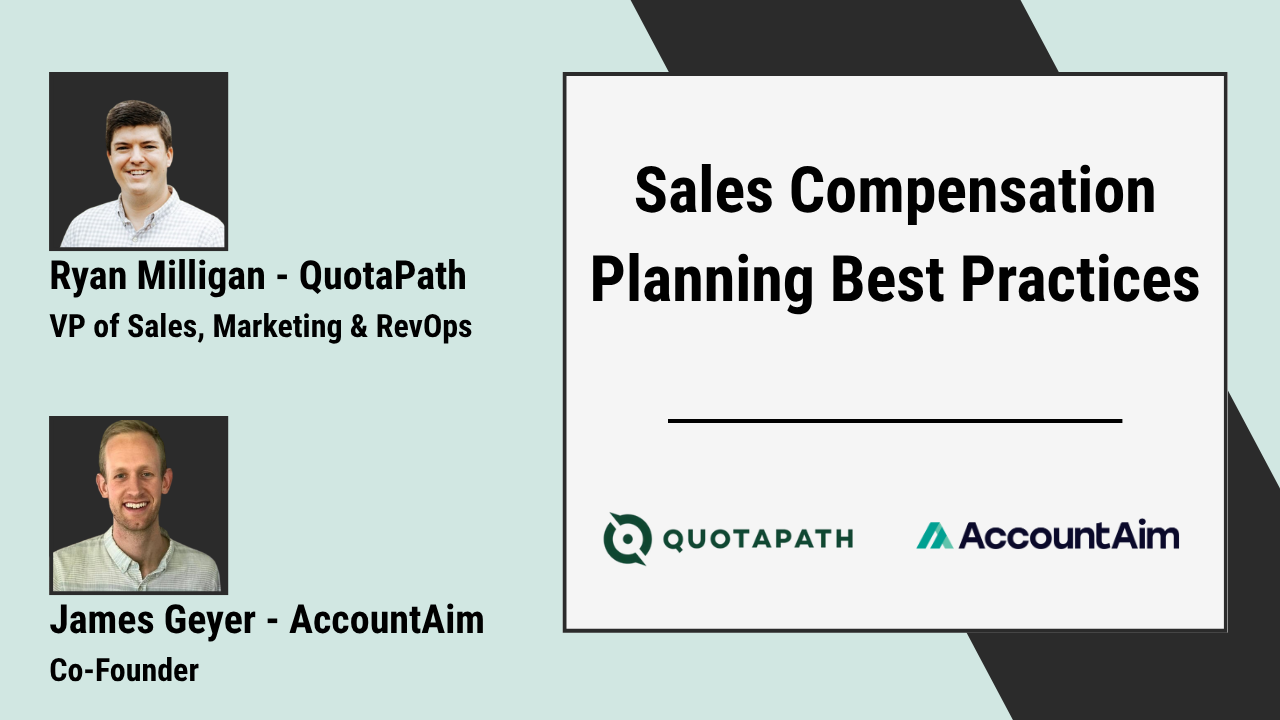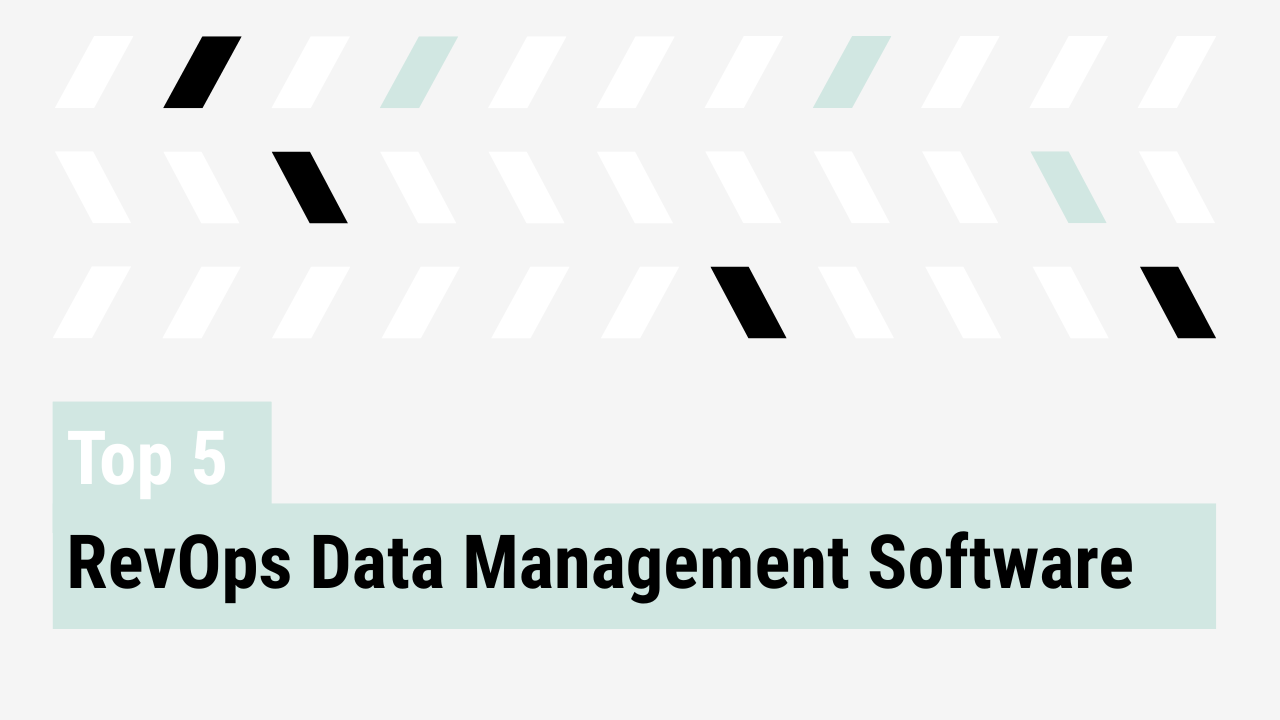The secret weapon you’re not ready for yet
ARR waterfalls are getting a lot of airtime in RevOps circles, and for good reason. They help operators pinpoint the mechanics behind revenue growth or decay by breaking down every dollar of ARR movement across new business, expansion, churn, contraction, and reactivation.
But there’s a catch. Many teams race to adopt ARR waterfalls without the operational foundation to support them.
As Will Sullivan of Predictive Analytics Partners put it:
“I think about ARR waterfalls as the secret weapon that allows us to power strategic revenue growth.”
This post is designed to help you assess your readiness and lay the groundwork. When built on clean data and aligned processes, the ARR waterfall transitions from a simple report to a system of strategic truth.
ARR waterfall 101: a strategic diagnostic
The ARR waterfall is a revenue bridge. It starts with beginning ARR and shows how your business gets to its ending ARR by isolating the impact of every dollar gained or lost.
It reveals:
- Expansion levers and churn signals
- Product-market fit trends across segments
- Unit economics at the cohort level
- GTM and CS effectiveness in dollar terms
When implemented well, it aligns your board, executive team, and operators around one shared narrative instead of a stack of conflicting dashboards.
What it takes to be ready: the technical and data prerequisites
You can’t build a real ARR waterfall if your data is scattered, your CRM isn’t structured, or your reporting stack lacks depth.
You’re not ready if:
- Your CRM lacks product-level ARR detail
- You blend finance, billing, and rev rec data without reconciliation
- You can’t snapshot ARR movements over time
Will Sullivan said:
“You should not blend [data sources]… If there’s no product-level granularity or reconciliation, it’s a problem.”
You are ready when:
- Your ARR source of truth is structured, normalized, and trusted
- You can track changes at the customer-product level
- You’ve aligned on how to handle lapses, contractions, and reactivations
- You’ve automated cohort-based analysis and snapshotting
Without these prerequisites, your waterfall will be a misleading chart.
The RevOps maturity map: a phased model for ARR waterfall readiness
Borrowing from TekStack’s and HubSpot’s maturity frameworks, plus customer feedback, here’s a simplified readiness model:
| Stage | Description | Key Indicators |
| 1. Data chaos | Data is unreliable and fragmented | ARR numbers change depending on the source. CRM structure doesn’t support reporting needs. |
| 2. CRM hygiene and unit clarity | Foundational data improvements begin | Clean definitions of customer and product. ARR changes tracked consistently. |
| 3. GTM-finance alignment | Operational and financial views converge | ARR logic reconciles with FP&A. Revenue moves explained by both pipeline and retention drivers. |
| 4. Cohort performance visibility | Teams begin to diagnose revenue at a deeper level | ARR deltas segmented by product, region, and ICP. GTM strategy shaped by revenue truth rather than activity metrics. |
| 5. ARR as a decision system | Waterfall insights power proactive planning | Scenario planning based on historical ARR movement. Forecasts tied directly to GTM inputs. |
If you’re not at least in Stage 3, your ARR waterfall may create more confusion than clarity.
That’s why having a clear maturity map is critical, it helps RevOps leaders understand not just what needs to improve, but also how each stage builds toward strategic impact. With a maturity model in place, RevOps shifts from reactive operations to proactive strategy. It allows teams to focus their resources, prioritize system improvements, and build the operational trust required to influence executive and board-level decisions.
ARR waterfalls in action: strategic upside for RevOps
When the foundation is right, the ARR waterfall becomes one of the highest-leverage tools in RevOps.
“RevOps’ importance is the ability to drive enterprise valuation, which comes down to growth and efficiency. The more RevOps can work with finance, the more strategic the team becomes.”
— Will Sullivan
With a reliable ARR waterfall, teams can:
- Align planning across GTM, CS, and finance
- Identify expansion and churn patterns early
- Build enablement motions tied to revenue trends
- Forecast accurately, even without a full data team
Teams have moved from brittle spreadsheet models to automated, accurate ARR waterfalls using AccountAim. This shift has transformed revenue data from a lagging indicator into an operating system.
Final takeaway: with an ARR waterfall, you’re building strategic credibility
The ARR waterfall signals that your team is ready to operate differently, with financial precision and operational accountability.
Ask yourself: do we have the infrastructure to do this well? If not, use the maturity map as your guide.
When your ARR waterfall is ready, so is your seat at the strategic table.



